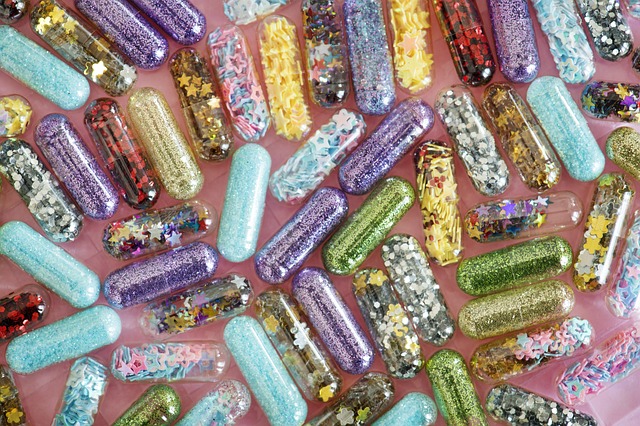Medications are somewhat an unavoidable part of our lives, sometimes, even for those who would rather make it work without them.
 And they are much easily attainable – along with proper consultation with an expert, also available readily for you at health2delivery – thanks to this age of technological advancement. However, where there are pros, cons follow the lead, which is why people are often brought face to face with a plethora of fake medications.
And they are much easily attainable – along with proper consultation with an expert, also available readily for you at health2delivery – thanks to this age of technological advancement. However, where there are pros, cons follow the lead, which is why people are often brought face to face with a plethora of fake medications.
The production and sale of counterfeit pharmaceuticals pose a significant and increasing public health concern, with innumerable human lives at stake. According to a World Health Organization research, one out of every ten medical products available in low- and middle-income countries is either poor or fraudulent, putting millions of people’s lives at risk.
What Are Counterfeits?
Counterfeit medications are those that have been incorrectly labelled in terms of identity and origin in order to deceive consumers. Counterfeits vary from total and utter forgeries made by a counterfeiter to genuine products with modified expiration dates.
What is worse is that patients, doctors, and pharmacists may not distinguish such “medications” from genuine ones without a thorough examination.
The possible health risks
Medicines are used to cure illnesses and promote good health. That is irrelevant to counterfeiters. They have no desire to provide patients with a drug that is equivalent to the original product. Even if a fabricated drug contains certain active elements, the quality and reliability of the drug is lower.
To imitate originality, counterfeiters in extreme situations add harmful or even toxic ingredients to their products to obtain the same “effect” (more precisely, a side effect) as seen with the original medicine.
Following are some of the ways you can try and avoid these counterfeit drugs:
Is it sealed?
Isn’t the fact that the seal has tampered enough of a cause for concern? The security seal should not be broken or removed, especially in bottled pharmaceuticals. Before purchasing, look for a crack or break in the sealing tape. Do not buy anything if you suspect it is damaged or tampered with.
Get your eyes working
According to the World Health Organization (WHO), visual inspection is vital in detecting potentially counterfeit pharmaceuticals. This is because such observation might lead to the identification of fraudulent items even in the absence of knowledge of the physical properties of a real medicinal agent. Before purchasing or using the product, you are responsible for thoroughly examining both the packaging and its contents.
The Package
This is possibly the most straightforward way. If you have previously purchased a medication, examine the style, spellings and colour of the texts on the packaging. In most cases, one or more of these are incorrect in a counterfeit drug.
In addition, you can:
- Examine the information on both the old (possible original) and new packages for legibility.
- Check if the batch number, expiration date, and manufacturer’s address on the secondary package match those on the primary package.
- Verify the manufacturer’s address to check if it is traceable and provides the company’s exact location rather than just the country address.
- Examine the registration number to see if it is properly printed or if it looks to have been tampered with.
Where did it come from?
The source of the drug also indicates whether or not you are purchasing a fake medication. Filling your prescription at a reputable pharmacy substantially minimises your chances of purchasing counterfeit pharmaceuticals.
Price
This is yet another one of the simpler means of detecting counterfeit supplies. If the price of the medicines drops unexpectedly, make sure to double-check. In such a circumstance, the chances are that it is fake medicine. However, that may not be the case every time, especially when it comes to the counterfeit products sold at the same price as the original.
However, before making such a purchase, make sure to confirm the vendor’s and medication’s validity independently. Ask your doctor for advice if nothing else.
Ah! Those sneaky side effects.
Every medicine has some minor adverse effects. These effects are typically documented as a result of thorough testing and trials. Moreover, your doctor prescribes the medication after ensuring that there will be no unexpected ones. Call your doctor if you experience unusual side effects from the drug because genuine medicines do not create unanticipated side effects unless there are legitimate reasons to do so.
On the other hand, counterfeit medications frequently contain inactive chemicals other than the required Active Pharmaceutical Ingredient (API). They may also contain inappropriate drugs, incorrect dosage, or dangerous compounds that have no therapeutic benefit. As a result, uncommon side effects, allergic reactions or worsening of medical conditions are relatively common. If any of the above symptoms are observed, you should immediately consult your doctor and discontinue the medication.
Related Posts: